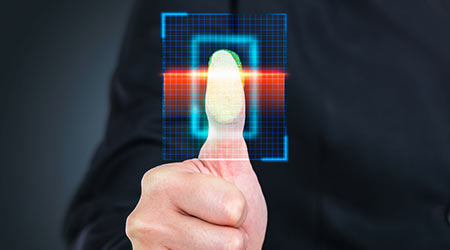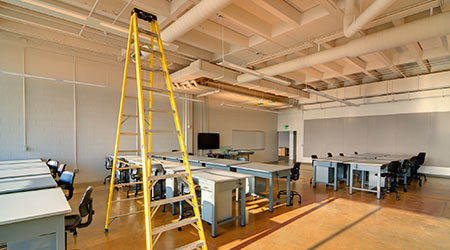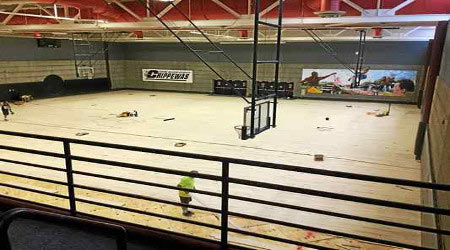
Maturing Biometrics Solutions Enrich Security Options for FMs
August 16, 2017
Biometric access control products have been available on the market for several years, but their adoption by facility managers has been slow. The technology has been deployed primarily in high-security areas where authentication of the individual, not the credential, is required. However, biometrics technology has broader potential applications.
At a recent media day at Anixter headquarters in Glenview, Ill., company representatives discussed some of the considerations when specifying biometrics-enabled security solutions. When evaluating any credential technology for suitability for a particular facility and situation, Anixter suggests using an evaluation matrix they call CASE: Convenience, Acceptance & Security, Speed & Accuracy, and Environment.
Convenience refers to how easy a credential is to use. Acceptability depends on how users feel about the technology and the level of security it provides for the risk involved. Speed is how accurate and fast the credential technology is at recognizing a credential and granting (or blocking) access. And last, environment evaluates whether the credential reader will be used indoors or outdoors, where dirt might be an issue, in vandal-prone areas, or in areas that require no-touch devices.
Biometrics solutions exist for all the different potential constraints of the situation needing to be secured. Hand geometry readers work well in dirty areas. Fingerprint/vein geometry scanners are available in indoor and outdoor models, some with robust vandal resistance features. Iris scanners and face geometry scanners, which create a 3D map with 40,000 points, provide biometrics credentialing that is touch free. For crowds, touchless fingerprint scanners can authenticate an individual with a simple wave of a hand over a beam, without breaking the individual's stride.
Biometrics in commercial facilities may be getting a boost from the fingerprint recognition technology available on some smartphones, which has unlocked the public perception, according to the Anixter team.
One area where Anixter is seeing increased interest is in cabinet-level access control. Beyond simple mechanical locks at the cabinet, companies are interested in multi-credential authentication, just like at the other doors in the facility. Where there is interest in authenticating the person seeking access to the cabinet, biometrics applications exist for that situation.
As with any technology, early generations of biometrics solutions were expensive, but some biometrics readers are now just about on par with a conventional card reader in terms of cost. This has lead some facilities to deploy biometrics as a way to avoid the cost of maintaining and replacing access cards.
This Quick Read was submitted by Naomi Millán, senior editor of Building Operating Management. To learn more about other security advances in commercial facilities, go to www.facilitiesnet.com/16662bom
Next
Read next on FacilitiesNet












